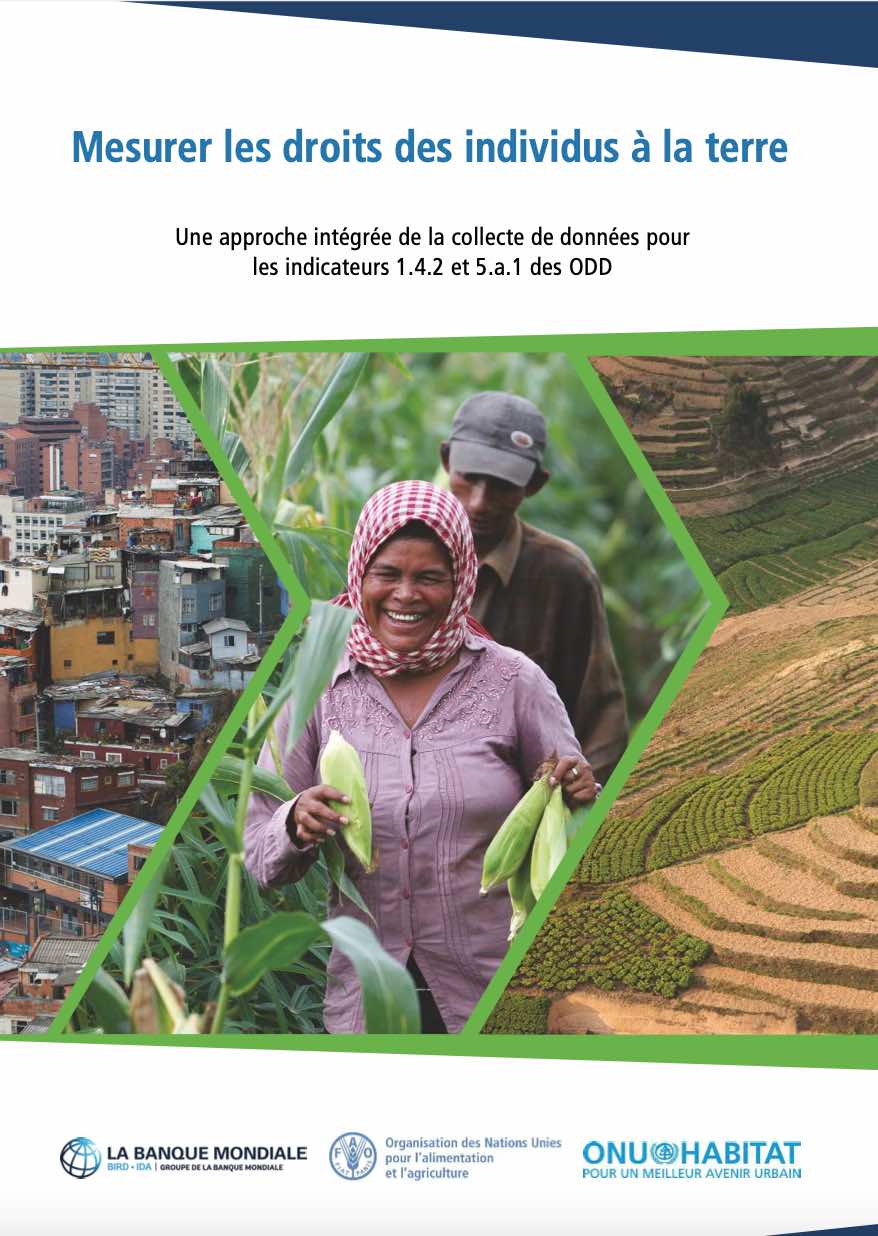Assessing sponge cities performance at city scale using remotely sensed LULC changes: Case study Nanjing
As a result of high-density urbanization and climate change, both the frequency and intensity of extreme urban rainfall are increasing. Drainage systems are not designed to cope with this increase, and as a result, floods are becoming more common in cities, particularly in the rapidly growing cities of China. To better cope with more frequent and severe urban flooding and to improve the water quality of stormwater runoff, the Chinese government launched the national Sponge City Construction (SCC) program in 2014.



